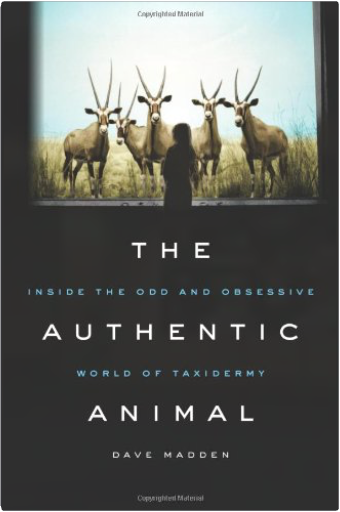 Why would someone want to create or own the mounted skin of a dead animal? That’s the question Dave Madden explores in The Authentic Animal. Madden starts his journey with the life story of Carl Akeley, the father of modern taxidermy. Akeley started small by stuffing a canary, but by the end of his life he had created the astonishing Akeley Hall of African Mammals at The American Museum of Natural History. What Akeley strove for and what fascinates Madden is the attempt by the taxidermist to replicate the authentic animal, looking as though it’s still alive. To get a first-hand glimpse at this world, Madden travels to the World Taxidermy Championships, the garage workplaces of people who mount freeze-dried pets for bereaved owners, and the classrooms of a taxidermy academy where students stretch deer pelts over foam bases. On his travels, he looks at the many forms taxidermy takes—hunting trophies, museum dioramas, roadside novelties, pet memorials—and considers what taxidermy has to tell us about human-animal relationships. The Authentic Animal is an entertaining and thought-provoking blend of history, biology, and philosophy that will make readers think twice the next time they scoff at a moose head hung lovingly on a wall. 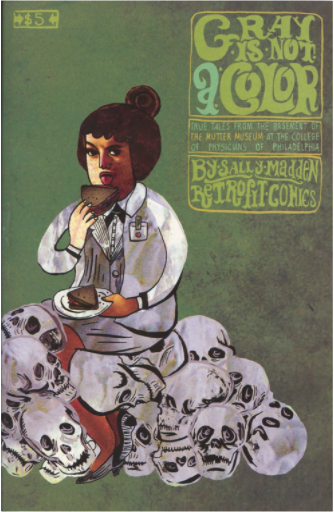 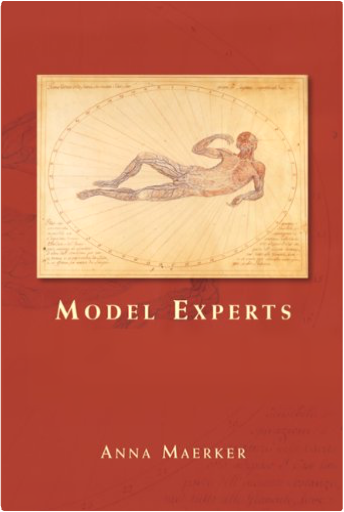 The museum 'La Specola' in Florence hosts a celebrated collection of eighteenth-century anatomical models in wax – lifelike body parts and bodies in vivid poses, reminiscent of famous works of art and anatomical illustration. Based on a detailed study of rich archival sources, Model Experts explores practices of model production and display, and reveals the often invisible labours of the co-operating artisans, anatomists, and administrators. The book shows that the models were central to a remarkable political experiment: 'La Specola' opened in 1775 as the Royal Museum of Physics and Natural History, one of the first public science museums in Europe. As a venue for public enlightenment, the museum displayed model anatomies to create the model citizen. The study also moves beyond the borders of Tuscany, following a set of Florentine waxes to Vienna to explore the diverse reactions of medical professionals and general audiences as the models travelled in enlightened Europe. Focusing on the models' role for articulations of expertise in state service, the study uncovers the tensions and controversies behind the artificial anatomies' serene surfaces to highlight the fragility of expert authority, and the mutual constitution of notions of expertise, the public, and the state around 1800. The book will be of interest to historians of medicine, science, art, and enlightenment, to scholars in museum studies and in science & technology studies interested in the historical emergence of expertise, public engagement with science, and the relationship between science and the state. 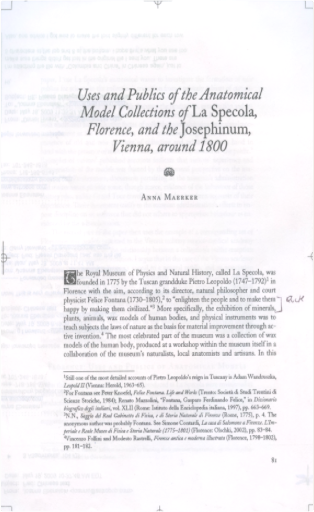  Between 1550 and 1650, Europe was swept by a fascination with wondrous accounts of monsters and other marvels - of valiant men slaying dragons, women giving birth to animals, young girls growing penises, and all manner of fantastic phenomena. Known as 'fairy tales,' these stories had many guises and inhabited a variety of literary texts. The first two collections of such fairy tales published on the continent, Giovan Francesco Straparola's Le piacevoli notti and Giambattista Basile's Lo cunto de li cunti, were greeted with much enthusiasm at home and abroad and essentially established a new literary genre. Contrary to popular thought, Italy, not Germany or France, was the birthplace of the literary fairy tale.  From the time of Hippocrates until the 1920s, massaging female patients to orgasm was a staple of medical practice among Western physicians in the treatment of "hysteria," an ailment once considered both common and chronic in women. Doctors loathed this time-consuming procedure and for centuries relied on midwives. Later, they substituted the efficiency of mechanical devices, including the electric vibrator, invented in the 1880s. In The Technology of Orgasm, Rachel Maines offers readers a stimulating, surprising, and often humorous account of hysteria and its treatment throughout the ages, focusing on the development, use, and fall into disrepute of the vibrator as a legitimate medical device. | 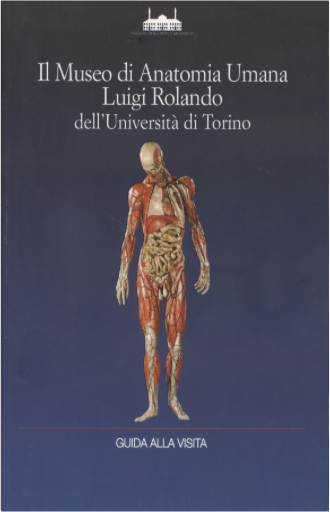 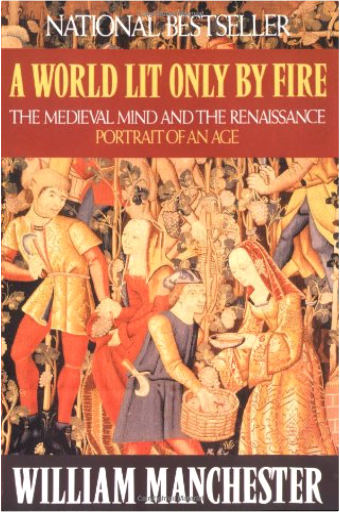 From tales of chivalrous knights to the barbarity of trial by ordeal, no era has been a greater source of awe, horror, and wonder than the Middle Ages. In handsomely crafted prose, and with the grace and authority of his extraordinary gift for narrative history, William Manchester leads us from a civilization tottering on the brink of collapse to the grandeur of its rebirth-the dense explosion of energy that spawned some of history's greatest poets, philosophers, painters, adventurers, and reformers, as well as some of its most spectacular villains- the Renaissance.  History. Cultural studies. Another long out-of-print classic book based on Mannix's personal acquaintence with sideshow stars such as the Alligator Man and the Monkey Woman, etc. Read all about the notorious love affairs of midgets; the amazing story of the elephant boy; the unusual amours of Jolly Daisy, the fat woman; the famous pinhead who inspired Verdi's RIGOLETTO; the tragedy of Betty Lou Williams and her parasitic twin; the black midget, only 34 inches tall, who was happily married to a 264-pound wife; the human torso who could sew, crochet and type; and bizarre accounts of normal humans turned into freaks — either voluntarily or by evil design! 88 astounding photographs and additional material from the author's personal collection. RE/search has provided us with a moving glimpse at the rarified world of physical deformity; aglimpse that ultimately succeeds in its goal of humanizing the inhuman, revealing the beauty that lies behind the grotesque and in dramatically illustrating the triumph of the human spirit in th  Falstaff Press, Inc., 1937. First printing after the limited edition 1932. Written by Professor Paolo Mantegazza. 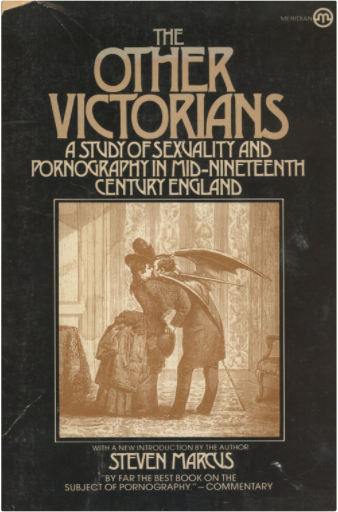 B0007E8J20 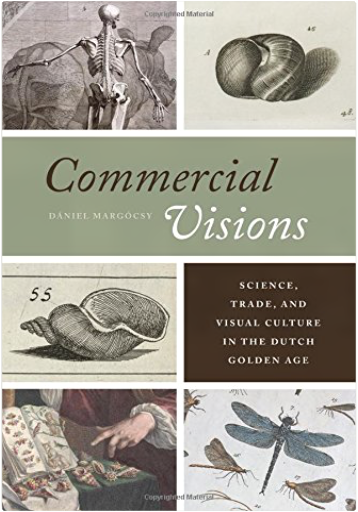 Entrepreneurial science is not new; business interests have strongly influenced science since the Scientific Revolution. In Commercial Visions, Dániel Margócsy illustrates that product marketing, patent litigation, and even ghostwriting pervaded natural history and medicinethe big sciences” of the early modern eraand argues that the growth of global trade during the Dutch Golden Age gave rise to an entrepreneurial network of transnational science. 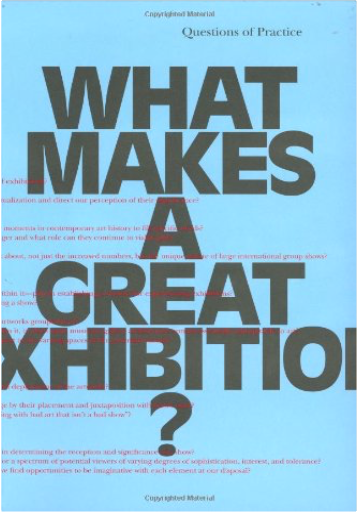 For better or worse, museums are changing from forbidding bastions of rare art into audience-friendly institutions that often specialize in “blockbuster” exhibitions designed to draw crowds. But in the midst of this sea change, one largely unanswered question stands out: “What makes a great exhibition?” Some of the world’s leading curators and art historians try to answer this question here, as they examine the elements of a museum exhibition from every angle. |

Morbid Anatomy Museum
Collection Total:
1,253 Items
1,253 Items
Last Updated:
Jan 26, 2016
Jan 26, 2016


 Made with Delicious Library
Made with Delicious Library